|
By Ace Gangoso It is a unique pleasure to get to work directly with a composer while preparing to perform one of their pieces. Few are privileged enough to do so, and as a classical singer, this is often impossible because many of the composers in the standard repertoire are long gone from this world. One great aspect of being a part of Fourth Coast Ensemble is the collaborative relationship we have built with some of today's composers. This post will highlight our recent work with Grammy-nominated composer Shawn Okpebholo who is, like his music, very much alive! The quartet was honored to have him be a part of our rehearsal process as we prepared several of his works for our "Fine Folk" concerts this past April. He had a wonderful and energetic spirit about him, and although we were workshopping music he had written and published several years ago, it was as if we were creating something brand new. Beyond the fact that we were adapting some of his pieces to be sung by different voice types (or different combinations of voices) than originally scored, it seemed that Shawn doesn't consider any of his work to be written in stone. It is never "done." He was listening, engaging, dreaming, and experimenting until it was right; right for this group of performers and their musical, technical, and artistic sensibilities. For this program, I sang Shawn's thrilling setting of the spiritual "Great Day" with pianist Kuang-Hao Huang. It's a text and melody I already knew well, but never have I experienced it with the harmonic and textural landscape that he has created here, most noticeable in the piano part. As this was written originally to be sung by baritone Will Liverman, I obviously requested a version that is transposed to a higher key. Once we got together in the rehearsal room, Shawn agreed that the new key worked, but requested an additional change: at a climactic moment in the piece, after two ascending key changes in quick succession, he wanted the vocal line to crest even higher. What tenor would say no to more high notes? As a bonus, I got to interview Shawn at our Hyde Park concert. (He's a great and animated talker and made easy work for this introvert.) He allowed us some insights to a few things: how his cultural roots and his classical music training inform his artistry, the place of African-American spirituals in the classical canon, and why he calls his settings of these spirituals "reimaginations" rather than "arrangements." In case you missed our "Fine Folk" performances, you can still catch our online rebroadcast of the full concert at the Logan Center. Please enjoy this opportunity to hear him tell a bit of his story in his own words. There you'll also be able to hear three more of Shawn's pieces, as well as our collaborations with the Jonas Friddle Band (with Anna Jacobson and Andrew Wilkins), Peggy Browning, Jennie Oh Brown, and Kuang-Hao Huang.
0 Comments
By Ace Gangoso Almost exactly one year ago, we were singing in what would—unexpectedly—be our last concert of 2020. What a way to end my debut season with Fourth Coast Ensemble! Here we are a year later bouncing back, having recently kicked off of our Origin Stories concerts, live in HD. While we are all beyond excited to bring you these new performances, I still look forward to these blogs for The Art Song Fix because it gives us the opportunity to look back and reflect on how far we have come, in more ways than one. My song of choice today is “In a Sentimental Mood” by Duke Ellington. I must confess, I never really expected to be singing a jazz standard in a concert with “Chicago’s classical vocal quartet.” Shame on me! Of course, this was the point of the concert (entitled Between the Lines) which explored the boundaries surrounding what is typically considered classical vs. non-classical—in this case, jazz. Duke Ellington was a very gifted musician and songwriter, and a pioneer with his own attempts to blur the lines between classical and jazz. Teaming up with Billy Strayhorn, he sought out to write a multi-movement orchestral work telling the story of Black Americans, particularly through the lens of religion and slavery. Black, Brown and Beige premiered on January 23, 1943 and was met with mixed reviews, and, like his other large-scale works, never garnered widespread acclaim. We must consider, however, that classical music circles were even more Eurocentric at that time than they are today, and society at large more rampant with unchecked white supremacy. The insulting saying “good enough for jazz” was borne out of ignorance and hatred not just of the music, but its creators. Who knows what would have happened in a more equitable time and space, with ears more ready and willing to hear new sounds from a person of color on the concert hall stage. Here and now, at the end of Black History Month in the year 2021, it is evident that some progress has been made. I was tickled to get to use my falsetto croon and improvise riffs on this song immediately after singing full-throttle on Agustin Lara’s “Granada.” In classical concerts, you would often hear jazz pieces (if included at all) tucked in towards the end or used as an encore, presented as lighter fare in comparison to the more “serious” works that preceded it. But good music is good music, a good song is a good song, and every style and genre deserves to be respected and represented. Depth and virtuosity can be shown in a myriad of ways. May we continue to challenge our minds and senses, draw the circle wider, and grow the Fourth Coast family beyond what anyone would have ever dreamed!
|
SUBSCRIBEAboutHello, and welcome to the blog! We are Fourth Coast Ensemble, Chicago's classical vocal quartet. Join a different member of our ensemble for insights into our favorite art songs, links to archival and new recordings, and reflections on why we value and continue to come back to this musical medium. We proudly present, your #artsongfix! Archives
June 2023
Categories
All
|
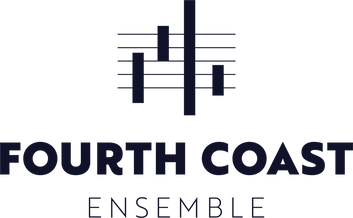
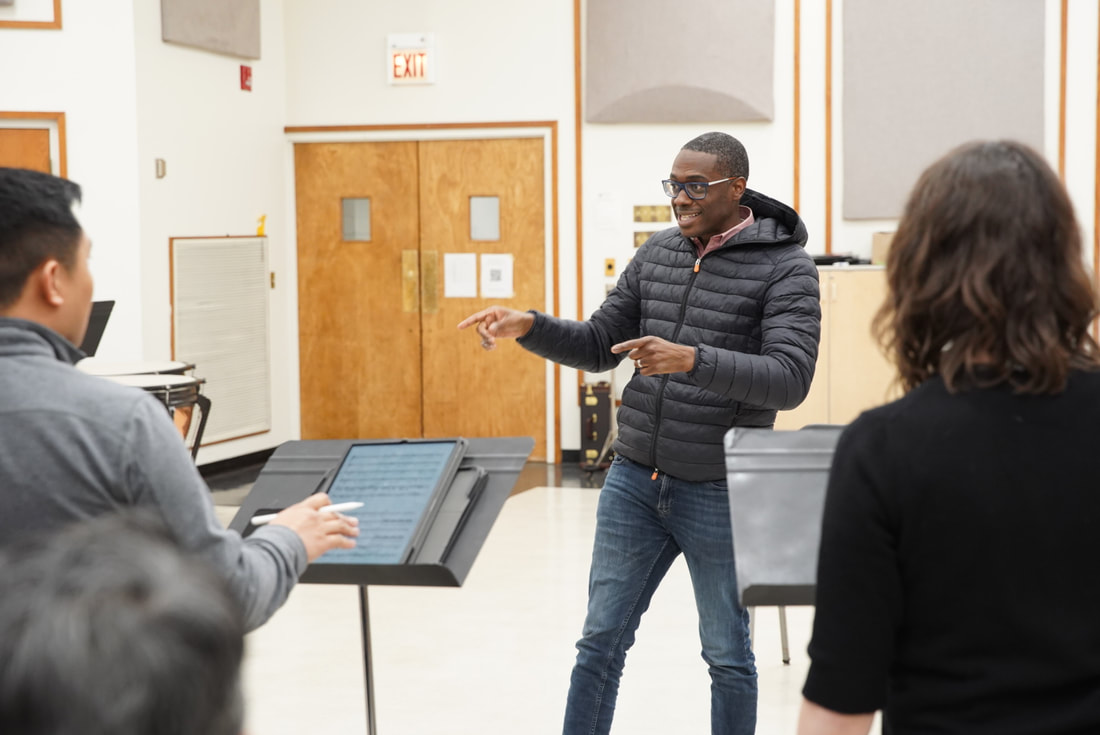
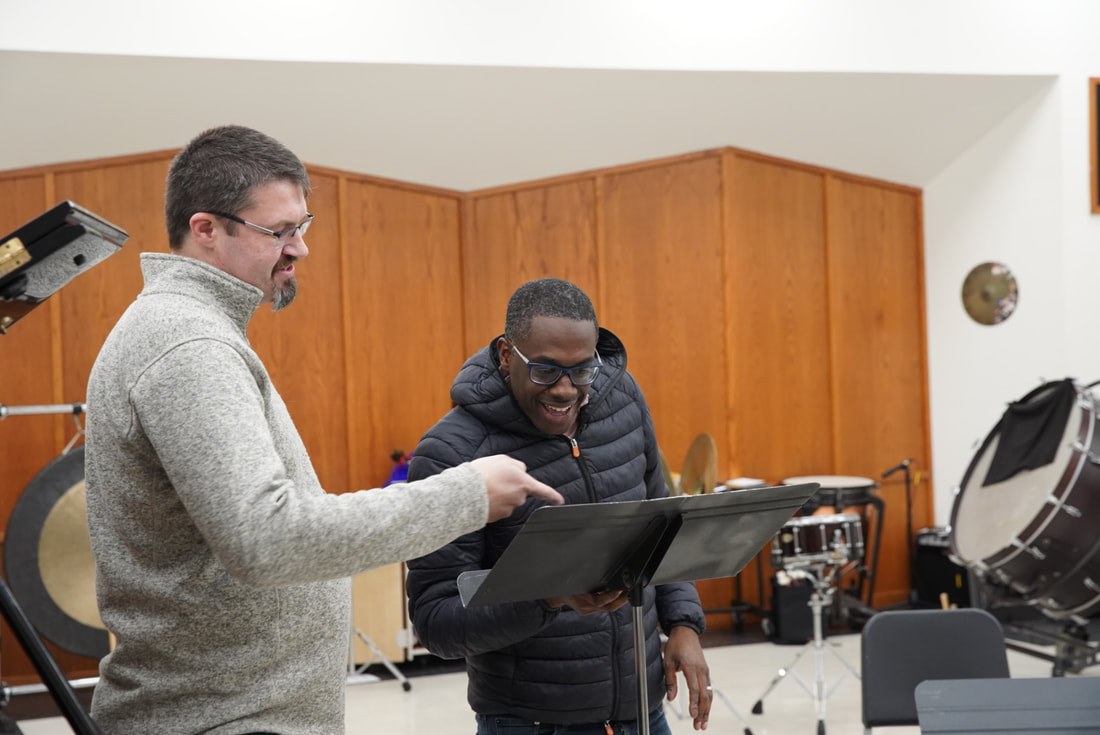
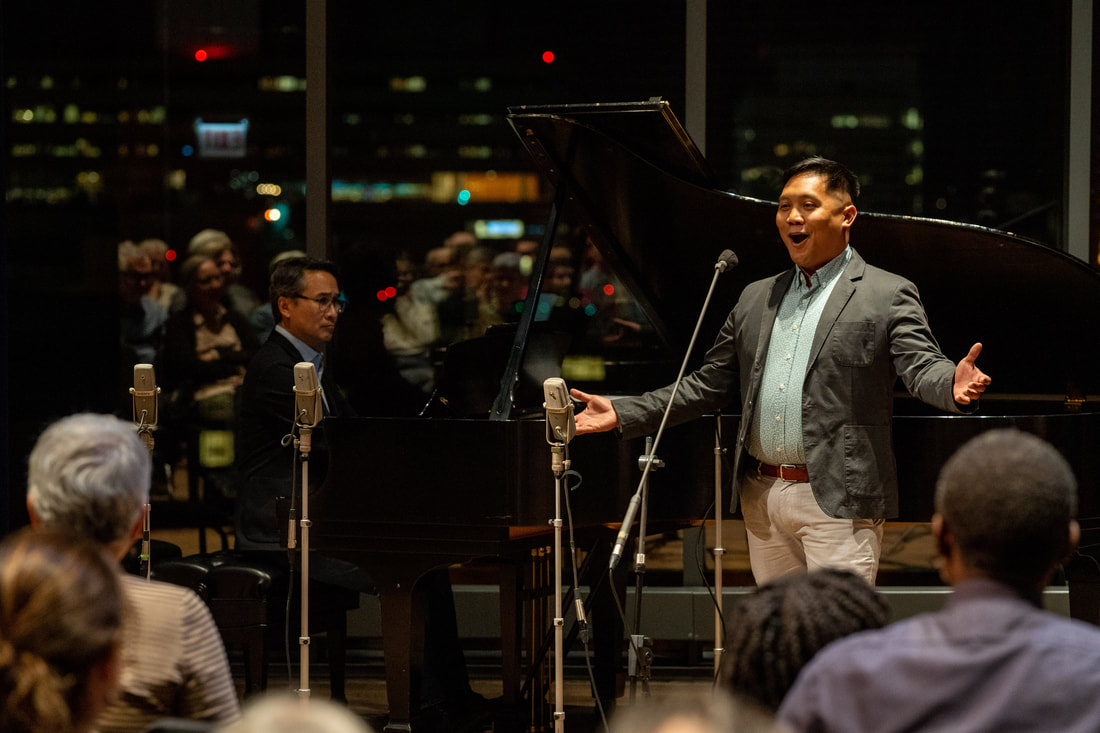
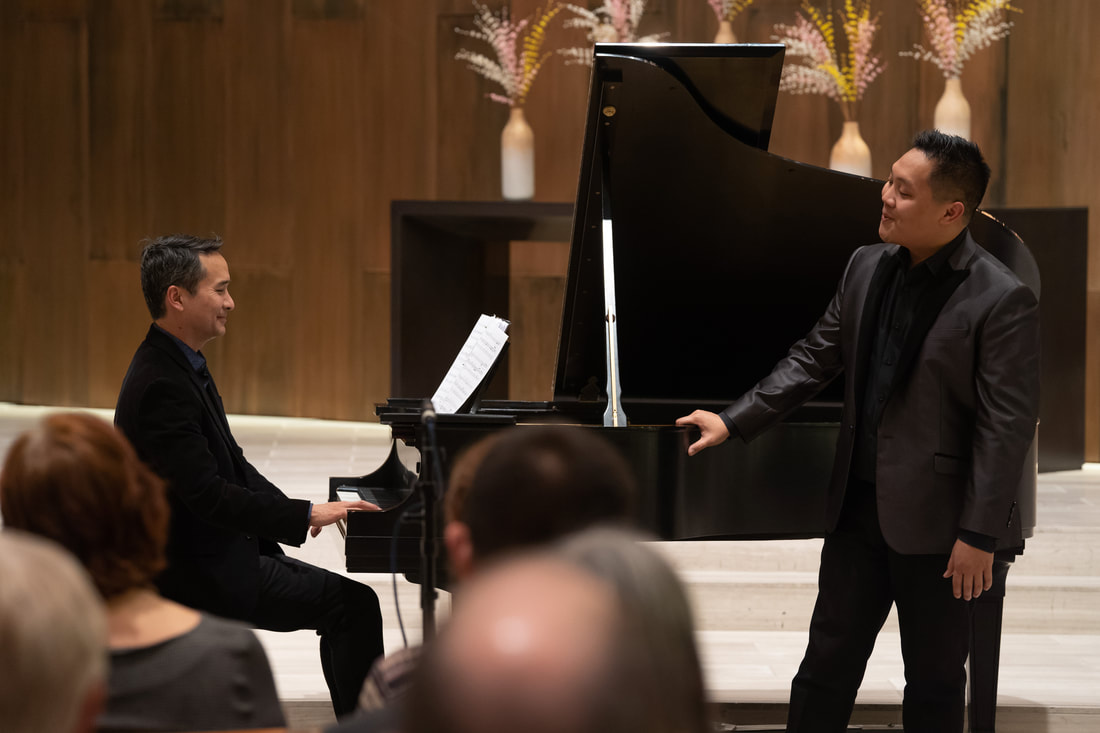
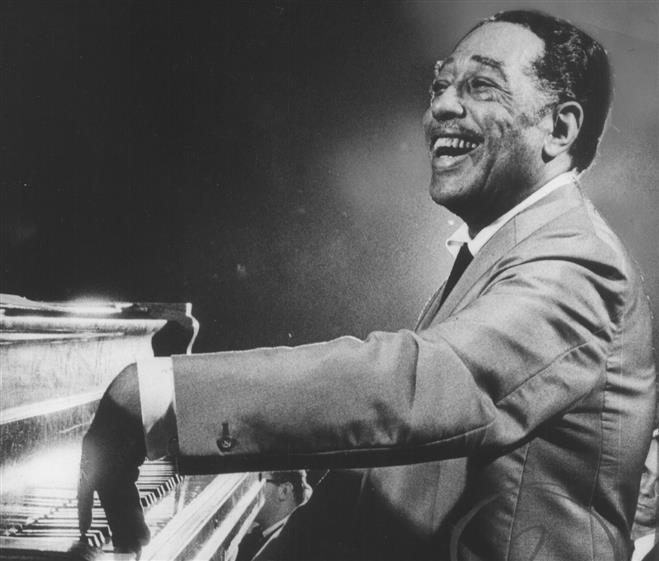
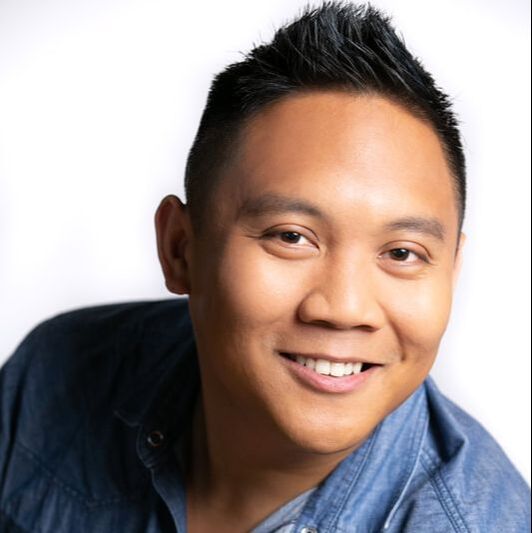
 RSS Feed
RSS Feed
